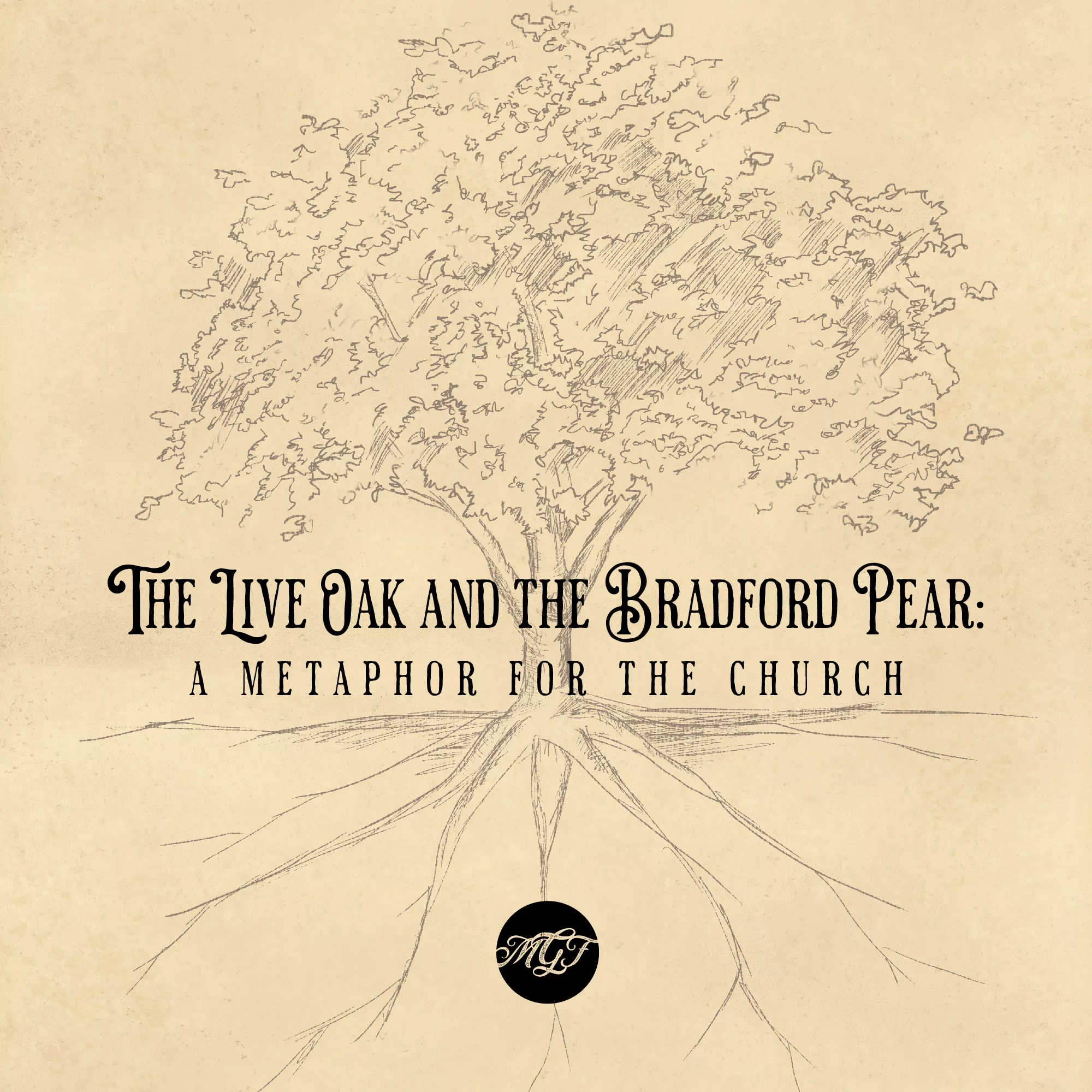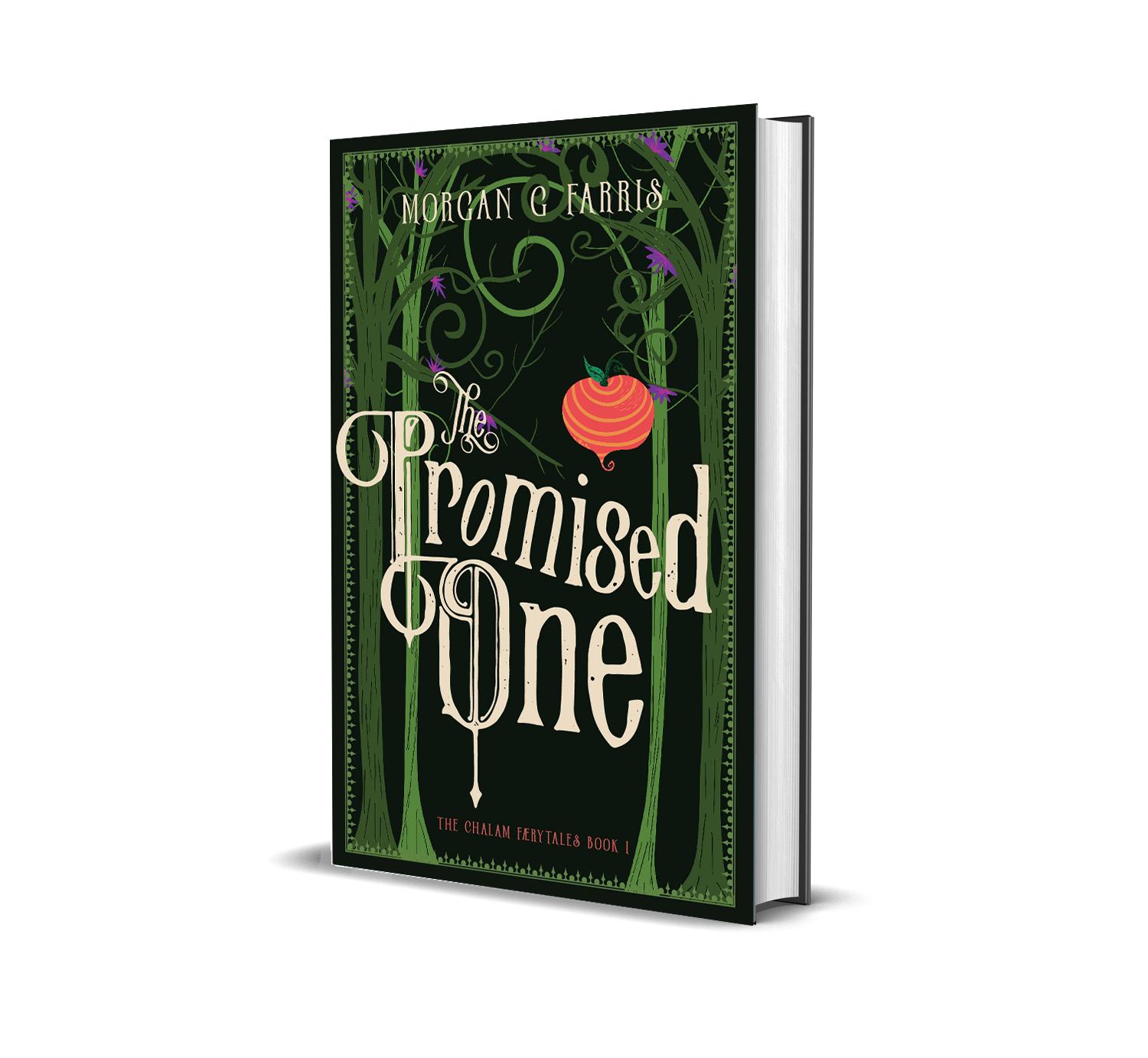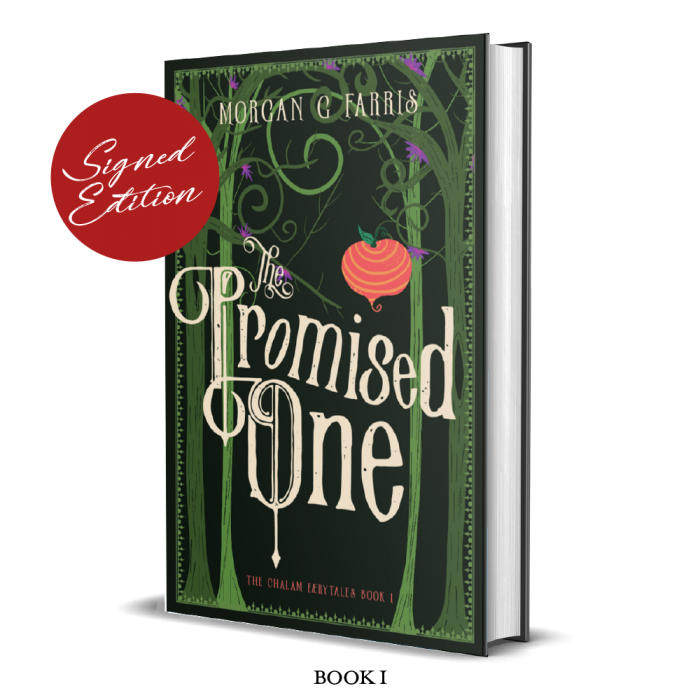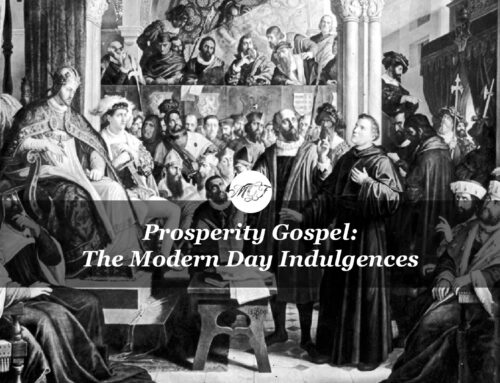For years now I’ve been wrestling with the Church. In the early months of that struggle, I thought I was struggling with my faith, but over time I’ve come to realize that my struggle has never been with whether God exists, whether I believe that, or whether that should affect me. (He does, I do, and it does, to be clear.) My struggle has been with the Church. And I’ve struggled with it for a long time.
I’ve kicked around this proverbial can for years, vacillating between various versions of my own coping mechanisms, trying to avoid the pain I’ve experienced over and over again in her walls, band-aiding problems in the name of grace and forgiveness, or ignoring them altogether for the sake of my own (temporary) sanity. I am fully aware that there is no such thing as a perfect church, nor am I on the hunt for one.
But I do think we can do better.
Actually, I think we must.
A Metaphor for the Church
And so in my consistent pondering of what bothers me with the Church today, I was given a metaphor. The Live Oak and the Bradford Pear. I could use this metaphor for many facets of the church — how we preach; how we worship; how we disciple; how we evangelize; how we study; how we communicate. And I suppose for the purpose of this article, the metaphor encompasses all of the above and more.
Follow me for a moment, will you?
The Bradford Pear

So imagine my horror when I heard a friend once refer to them as “trash trees.” The idea seemed ridiculous to me. How could they be trash trees? They’re gorgeous! They’re prolific! They’re such a wonderful addition to the landscape! My friend insisted, “They grow fast, have no roots, and are easily destroyed in storms. Not to mention they are invasive and suck the resources from surrounding trees as they proliferate.”
Oh. Okay.
But they’re so prettttyyyyyyyy. *insert internal sadness*
Can’t we ignore their uselessness in the name of how pretty they are?
I suppose the best way to answer that question is to ask a farmer. Or a beekeeper. Or someone who genuinely cares for and is invested in the environment around them and its longevity.
The Live Oak

But here’s where Live Oak really shines: the roots.
They grow deep. I’m talking survive-a-tornado deep. What looks like boring, uneventful, non-growth, is really something profound. Something that will withstand decades. Generations. Centuries. She will have her glamour, but not today. She will show off her splendor, but I won’t live to see it. My children might. My grandchildren will.
The Parallels
Maybe by now, you’re putting the pieces of this metaphor together. But in case you’re not, let’s talk about the Church. In particular, let’s talk about the difference between the modern, Western Church and the more traditional sects of the Christian faith. This is not a conversation about Protestantism versus Catholicism. This is not a conversation about Calvinism versus Arminianism. This is not a conversation about any particular denomination versus another.
This is a conversation about modernity and its effects on the Church.
Modernity is sexy, isn’t it? It’s attractional, to use a churchy term. It proliferates fast and gets lots of people in the door. Modernity loves anything relational, event-oriented, and saturated in marketing. Modernity loves t-shirts and merch and events and lights and fog and loud music and the wow factor. Modernity in the Church loves to get as many people in the door as possible, in the name of Jesus. And in isolation, none of those things are necessarily wrong. In isolation, none of those things are the problem. But as a system, they are invasive. As a system, they help churches pop up like mushrooms and grow fast. As a system, modernity is responsible for the wide berth of the church in America and Western culture today. It’s responsible for the birth of the Christian music industry. It’s responsible for the birth of the MegaChurch. As a system, modernity is the Bradford Pear tree of the Church. It can be beautiful. It can even be enjoyable. It will proliferate fast and wow anyone who watches it bloom.
But with the first storm, one thing will be evident: the Modern Church has small roots. It busied itself with spreading far, never considering growing deep. It courted the appeal of relativism in the name of reaching the low-hanging fruit. The Modern Church was the love affair of GenX and Millennials. We are responsible for its proliferation. And now, some of us are seeing the writing on the wall.
Deep Roots
Take in contrast the Traditional Church. It might be that tiny country church on the county road by your parents’ old house. It might be that 100-year-old mega multi-site church near downtown. The Traditional Church doesn’t look at size as a measure of meaningfulness, but rather depth. The Traditional Church is rooted deeply in Scripture and courts her tirelessly. She is in love with the Father and his people. She knows growth happens slowly, often in ways we can’t see. She knows faith that can’t withstand a thunderstorm will never grow roots deep enough to withstand a hurricane. So she feeds and waters. She tends and prunes. She disciples and admonishes and cultivates a rich love of learning and worship — Spirit and Truth. The Traditional Church might have candles and robes and congregational reading. She might sing hymns and spiritual songs and those “old tunes your grandmother loved.” Or maybe she sings the latest songs on the radio, too. She cares more about the theology of the lyrics and the fostering of scripture memory than she does about whether the song is a hit. She cares more about whether her people know the Word of God than if the people have the latest church merch. The Traditional Church comes in many forms, but you’ll know her when you see her, for at her heart, she is more concerned with growing deep than growing wide.
The traditional church is a Live Oak.
I fear for the Church today. I fear for where I see her heading. I fear for people who would rather be entertained than discipled. I fear for pastors who would rather attract than shepherd. I fear for musicians who would rather entertain than worship. I’ve said this before and it bears repeating: the Church should be the heart of artistry, and art is always entertaining.
But entertainment should be the outcome, never the goal.
When in today’s society, our churches are more in love with entertaining and “wowing” people than challenging them to pick up their cross and follow Jesus, we’re not a church anymore, we’re a Jesus theme park. When our churches are more obsessed with getting people in the door than we are with discipling the ones already there, we’re not a church anymore, we’re a bar that serves Jesus-flavored water. When we’re turning our pastors into celebrities, our worship leaders into rock stars, our tithe money into merchandise stores, and our budgets into record labels and publishing companies, we’re no longer a church, we’re a Christian marketing conglomerate.
In a world where truth is increasingly relative, the Church better be grounded in Scripture. In a world where everything is vying for our attention, the Church better stand as a City on the Hill, a light in dark places. In a world where everyone is linked and no one is truly connected, the Church better be the place for meaningful relationships. In a world where all roads lead to the same end, the Church better shout that Jesus is the way, the Truth, and the life and that NO MAN comes unto the Father except through him. In a world where identity is a spectrum, the Church better produce weathered, tattered, pruned, rooted, educated, armed, and thriving disciples.
It’s time to wake up, Church. It’s time to stop waiting for the next sexy, blooming Bradford Pear to distract us and give us a mountaintop experience. It’s time to slow down and do the pruning and fertilizing necessary to grow deep Live Oak roots.
It’s time to wake up.














